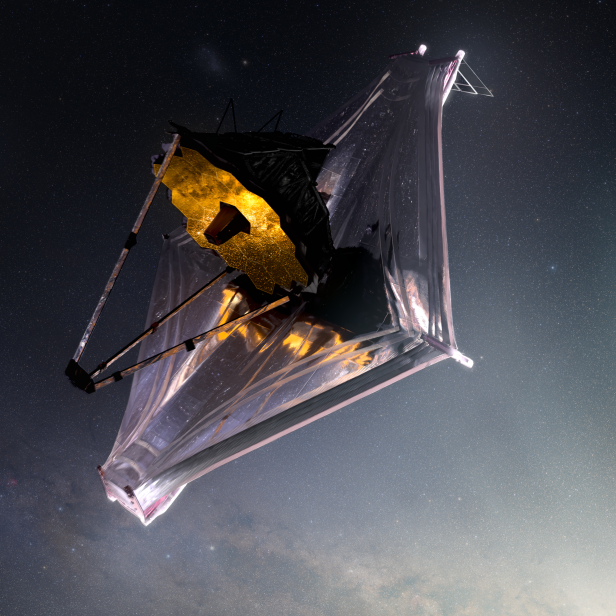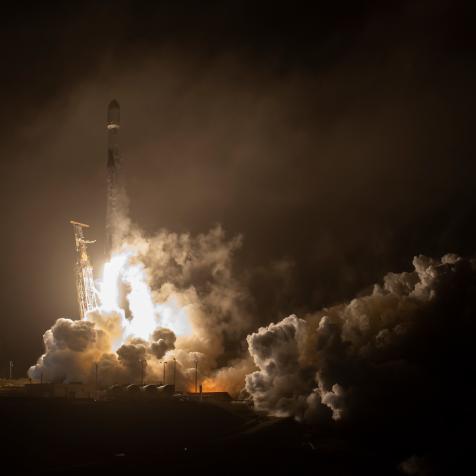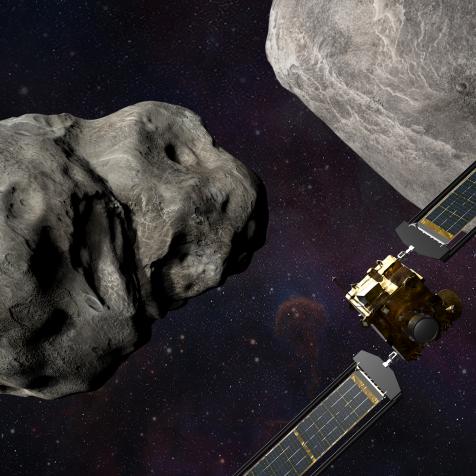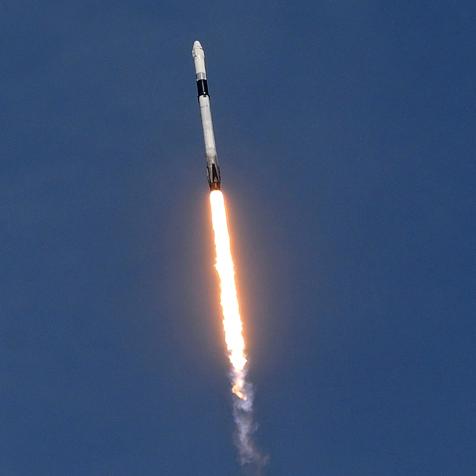
NASA GSFC/CIL/Adriana Manrique Gutierrez
NASA’s $10 Billion Space Telescope Hit by Micrometeoroid
Although the collision has caused some issues that must be corrected by the mission team, NASA is positive that the telescope is “still performing at a level that exceeds all mission requirements.”
The culprit of the telescope’s damage was a micrometeoroid, a space particle that is usually smaller than a grain of sand. The Earth’s atmosphere comes into contact with millions of meteoroids and micrometeoroids regularly. Our atmosphere serves as a protective layer and vaporizes most of the particles on contact. In contrast, spacecrafts and telescopes do not have this same atmospheric bubble, making avoiding these meteoroid impacts nearly impossible.
During its testing on Earth, NASA engineers built the Webb Space Telescope to survive through the micrometeoroid environment, a million-mile orbit, and high-velocity hits. The engineering team endeavored to put the Webb telescopes through simulations and test impacts to understand if the mirror samples would withstand the elements. Unfortunately, the real-life impacts the Webb telescope is facing in space are beyond what the team would have been able to test or model on the ground.

NASA GSFC/CIL/Adriana Manrique Gutierrez
Artist conception of the James Webb Space Telescope.
Paul Geithner, a NASA technical deputy project at the Goddard Space Flight Center, was not surprised at the collusion saying, “We always knew that Webb would have to weather the space environment, which includes harsh ultraviolet light and charged particles from the Sun, cosmic rays from exotic sources in the galaxy, and occasional strikes by micrometeoroids within our solar system.”
Even with the small setback, the James Webb Space Telescope is exceeding expectations since its initial launch. Soon it will be able to use infrared light to see inside the atmosphere of exoplanets and some of the first galaxies in existence. The teams at NASA are hopeful that updated analysis and learnings from the telescope collusion will allow them to maximize the Webb telescope’s imaging performance for years to come.


















